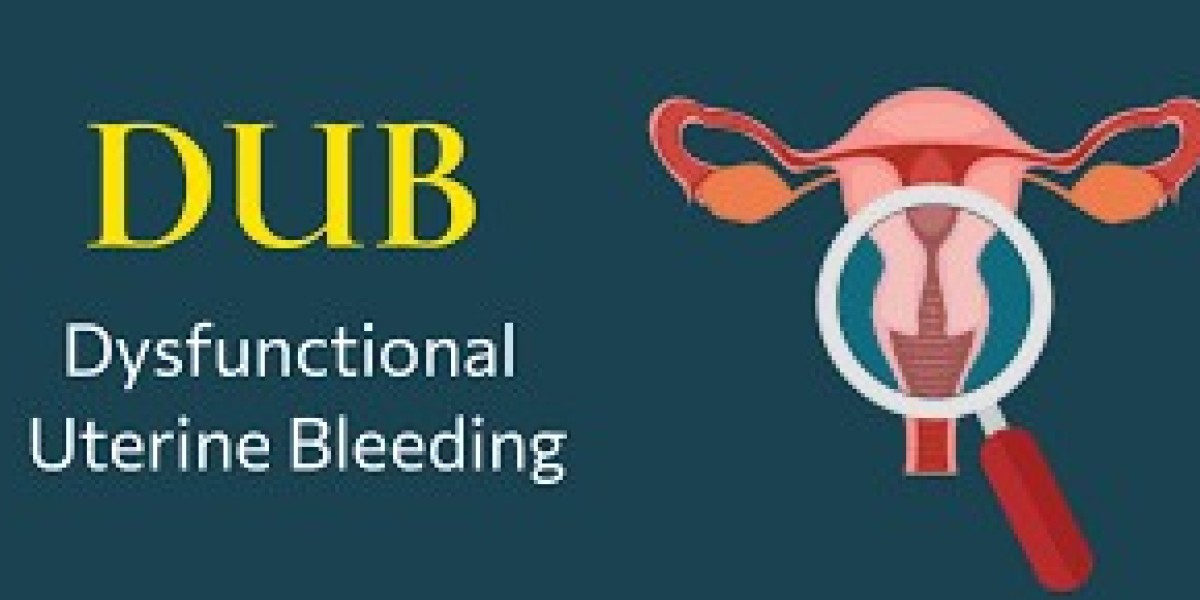Dysfunctional uterine bleeding (DUB) is a common gynecological condition characterized by abnormal bleeding from the uterus that occurs outside the normal menstrual cycle. It affects women of reproductive age and can have various underlying causes. Understanding the symptoms, causes, and treatment options for DUB is crucial for managing this condition effectively.
What is Dysfunctional Uterine Bleeding?
dysfunctional uterine bleeding refers to abnormal bleeding from the uterus that is not caused by structural or systemic abnormalities. Instead, it is primarily due to hormonal imbalances that disrupt the normal menstrual cycle. Women with DUB may experience irregular, prolonged, or heavy menstrual bleeding, often accompanied by unpredictable spotting or bleeding between periods.
Causes of Dysfunctional Uterine Bleeding
Several factors can contribute to the development of dysfunctional uterine bleeding, including:
- Hormonal Imbalances: Fluctuations in estrogen and progesterone levels can disrupt the normal menstrual cycle, leading to irregular bleeding patterns.
- Anovulation: Failure to ovulate regularly can result in hormonal imbalances and abnormal uterine bleeding.
- Polycystic Ovary Syndrome (PCOS): PCOS is a common hormonal disorder characterized by multiple cysts on the ovaries, irregular periods, and hormonal imbalances.
- Thyroid Disorders: Conditions such as hypothyroidism or hyperthyroidism can affect menstrual regularity and contribute to dysfunctional uterine bleeding.
- Uterine Fibroids: Benign tumors in the uterus can cause heavy or prolonged menstrual bleeding.
- Endometrial Polyps: Growth of tissue in the inner lining of the uterus can lead to irregular bleeding.
Symptoms of Dysfunctional Uterine Bleeding
The symptoms of DUB can vary from woman to woman but may include:
- Heavy menstrual bleeding
- Irregular menstrual cycles
- Bleeding between periods
- Prolonged menstrual bleeding
- Fatigue due to blood loss
- Anemia (in severe cases)
Treatment Options for Dysfunctional Uterine Bleeding
The treatment of dysfunctional uterine bleeding depends on the underlying cause, severity of symptoms, and the woman's reproductive goals. Treatment options may include:
- Hormonal Therapy: Birth control pills, hormone-releasing intrauterine devices (IUDs), or hormone replacement therapy (HRT) can help regulate menstrual cycles and reduce bleeding.
- Nonsteroidal Anti-Inflammatory Drugs (NSAIDs): NSAIDs such as ibuprofen can help alleviate pain and reduce menstrual bleeding.
- Endometrial Ablation: A minimally invasive procedure that destroys the uterine lining to reduce or stop menstrual bleeding.
- Uterine Artery Embolization (UAE): A procedure that blocks the blood supply to fibroids, reducing their size and alleviating symptoms.
- Surgery: In severe cases or when other treatments fail, procedures such as hysterectomy (removal of the uterus) may be necessary.
Conclusion
Dysfunctional uterine bleeding can significantly impact a woman's quality of life, but effective management strategies are available. By understanding the causes, symptoms, and treatment options for DUB, women can work with their healthcare providers to find the most appropriate approach for their individual needs. Regular gynecological exams and open communication with healthcare providers are essential for maintaining reproductive health and well-being.



